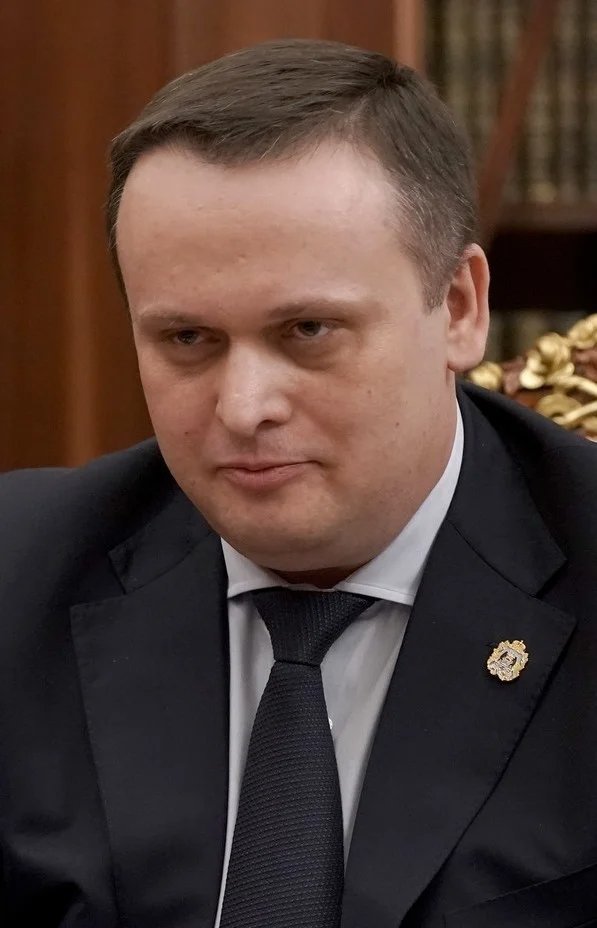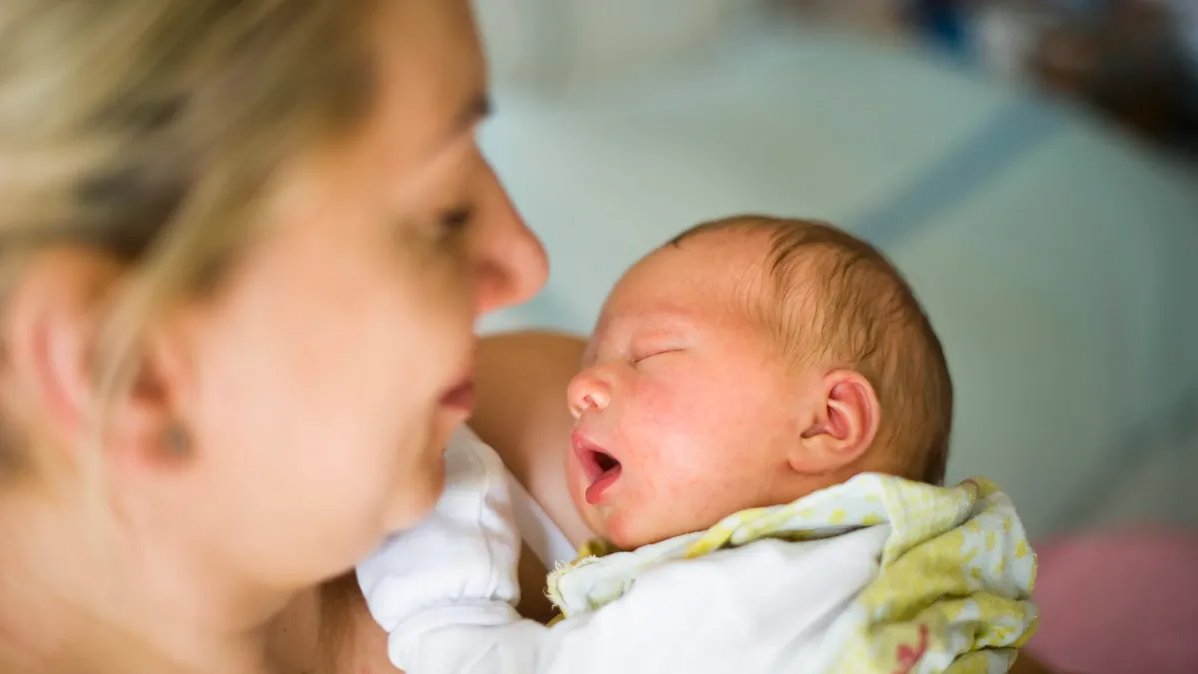Vladimir Putin regularly refers to the demographic decline as one of the biggest challenges facing Russia, vowing to fight against it. At the same time, he has started a war, drafting a significant chunk of the male population to fight on the frontlines.
The statistics are quite dire: this June, Russia documented the lowest number of newborns since WWII. The same goes for January, February, and April 2023. We delve into what’s going on together with a demographer who helped us analyse the statistics on the condition of anonymity.
‘The Russian cross’
The number of newborns in Russia has been decreasing annually since 2016. Why? The main reasons are not even the war or mobilisation but the so-called “echo of the 1990s” — the sinking number of women of reproductive age.
This phenomenon is explained by the drastic drop in birthrates after 1987 which, coupled with the unprecedented for peacetime number of deaths in 1992-1994, led to what demographers later came to call the “Russian cross”: birth and death lines crossing each other on a graph showing a sharp transition from natural population growth to its decline.
From 1987 to 1999, the number of newborns dropped by about a half: while 2.5 million people were born in Russia in 1987, only 1.2 million were born in 1999 (without taking Chechnya into account). Due to this, between 2010 and 2030 the number of women of reproductive age will decrease in total by 40% — we’ve already gone through the major part of this decline. In 2019, it reached the annual speed of 3%, and after 2023 the decline will likely begin to slow down.
We will see the “bottom” of this demographic decline around 2030. Furthermore, it’s unlikely that we will ever return to the number of newborns of 1987 — the way of thinking and lifestyle have changed.
The price of motherhood
The “echo” of the 1990s drop partly explains the current birth rate decline. But the second reason is more mundane — the changes in laws about the federal maternity capital programme. Initially the programme, introduced in 2007, was meant to provide parents with one-off payments for second or subsequent children, and it did increase the number of births in the country — the incline began in 2007 and ended in 2016. Starting from 2020, the maternity capital is available even after the birth of the first child.
However, the government made a mistake there, the expert points out: “Maternity capitals have to be termless instead of temporary (initially, the programme was supposed to last 10 years) — they are extended at the last second, thus hinting to women to ‘give birth as soon as possible’. People didn’t have any confidence in the future — which is why the birthrate declined in 2017. Furthermore,
the choice to pay out maternity capital for first children instead of [only] the second and subsequent ones made a negative impact, too. Encouraging the birth of firstborns doesn’t work, while [the programme] works when it comes to second and subsequent children.”
The decline in income also has a great impact on demographic growth: how are people to have more children if they don’t have any money? For example, in the Novgorod region of Russia, starting from 2011 the regional maternity capital was paid out to women for the third and subsequent children.
From 2012, the money allocated for the birth of each child was 200,000 rubles (€1,972). This led to a rise in the region’s birth rate, especially when it came to third and fourth children in the family.

Andrey Nikitin. Photo: Wikimedia Commons, CC BY 4.0
Between 2018 and 2019, Novgorod regional governor Andrey Nikitin made drastic changes to the maternity capital programme. He introduced a new programme that only allocated 100,000 rubles (€986) for a firstborn, and only to parents younger than 30.
“The results soon followed — a year later, the Novgorod region saw the biggest decline in birth rates in all of the Northwestern Federal District, and in the next two years, the decline continued at an accelerated pace,” the expert tells Novaya-Europe.
The children of war
Meanwhile, how does the war impact demographics? Naturally, it has a negative effect on the birth rates, but so far, it is not as noticeable as the other factors.
The most noticeable changes have been recorded in the border regions — while the average birth rate decline from January to April was 3.1%, the Belgorod region recorded a 7.9% drop.
North Ossetia is an impressive case — for the second year in a row, it’s seen the biggest decline in all of the North Caucasian Federal District. The reason could be that more men were drafted to the war there in comparison with the other North Caucasian regions.
Things are not going well in the Ryazan region either: according to Russia’s Federal State Statistics Service, 8,034 children were born there in 2021 compared to 6,971 in 2022.
This decline is explained not only by the war but also by the small amount of money received through maternity capital in the region: 82,198 rubles (€810) in the Ryazan region compared to, for example, 150,000 rubles (€1,478) in the neighbouring Tula region.
As a result, more and more women from Ryazan travel to give birth in Moscow, where their child can get a Moscow birth certificate as well as a big gift box with all the essentials or a 20,000 rubles (€197) one-time payment.
In general, people are having children less often not because of the war itself but because of the unstable financial situation and the economic uncertainty related to the war. “As of now, the impact of the war on the number of newborns is only white noise,” says the expert.
Join us in rebuilding Novaya Gazeta Europe
The Russian government has banned independent media. We were forced to leave our country in order to keep doing our job, telling our readers about what is going on Russia, Ukraine and Europe.
We will continue fighting against warfare and dictatorship. We believe that freedom of speech is the most efficient antidote against tyranny. Support us financially to help us fight for peace and freedom.
By clicking the Support button, you agree to the processing of your personal data.
To cancel a regular donation, please write to [email protected]

